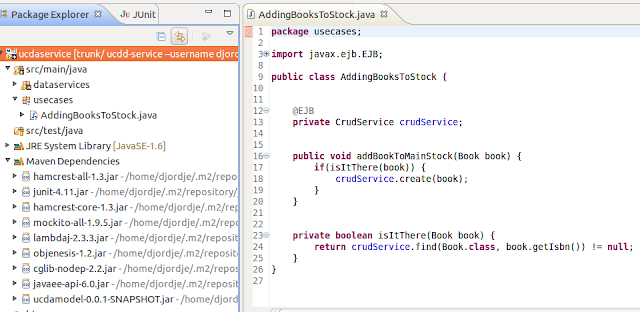3 days ago I discovered a cool easy to use java tool for working with zip files.
It is called Zip4j.
Have a look at this super simple example that will allow you to unzip a file into a given path in your computer:
Use this if the unzip file has a password:
That was easy and cool.
Are you now thinking the same as I am thinking?...
Let's go brute force zip passwords!!! :P
Hahaha.... I am just joking don't do that, this is not a hacking blog( yet! :p ) I hope you enjoyed this post. Use Zip4j with care.
It is called Zip4j.
Have a look at this super simple example that will allow you to unzip a file into a given path in your computer:
String source = "folder/source.zip";
String destination = "folder/source/";
try {
ZipFile zipFile = new ZipFile(source);
zipFile.extractAll(destination);
} catch (ZipException e) {
e.printStackTrace();
}
Use this if the unzip file has a password:
String source = "folder/source.zip";
String destination = "folder/source/";
String password = "password";
try {
ZipFile zipFile = new ZipFile(source);
if (zipFile.isEncrypted()) {
zipFile.setPassword(password);
}
zipFile.extractAll(destination);
} catch (ZipException e) {
e.printStackTrace();
}
That was easy and cool.
Are you now thinking the same as I am thinking?...
Let's go brute force zip passwords!!! :P
Hahaha.... I am just joking don't do that, this is not a hacking blog( yet! :p ) I hope you enjoyed this post. Use Zip4j with care.





